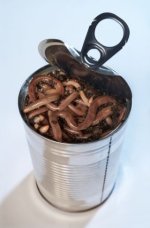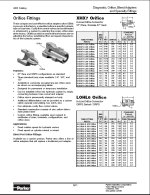Wayne County Hose
Veteran Member
- Joined
- Aug 24, 2007
- Messages
- 2,352
- Location
- Wayne County Pa.
- Tractor
- Massey Ferguson model 85, Allis-Chalmers WD-45
Andy, I am not very good at tracking things down on a lot of websites,could you please put a link to the page that has the restrictors?
Thank you very much.
Here ya go.
Tompkins Industries Hydraulic Adapters, Hydraulic Fittings, Forged Brass Metric Tube Fittings and Accessories




